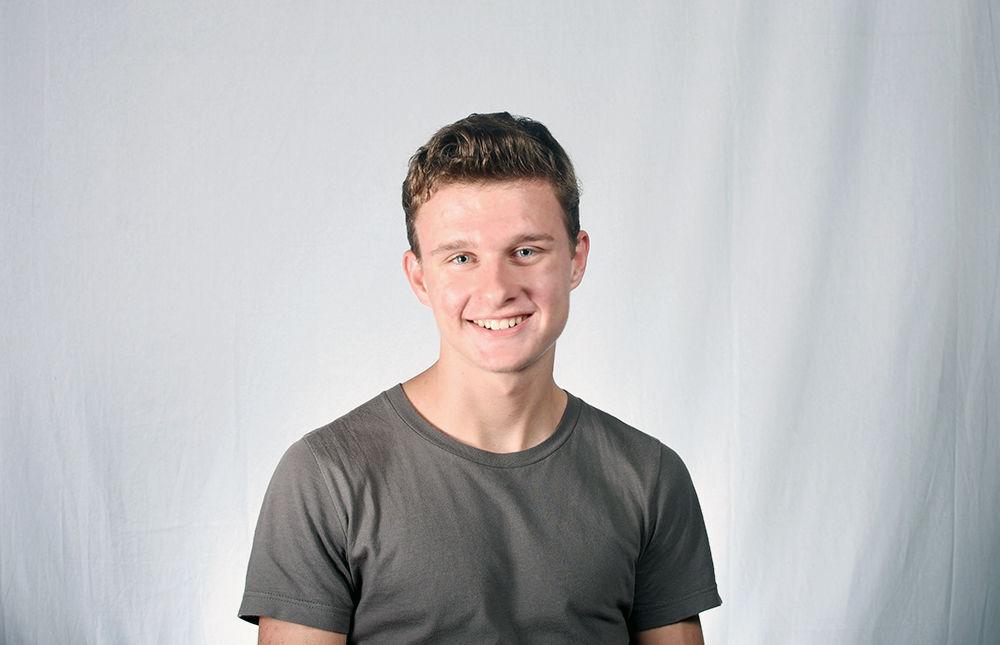We live in a society more and more influenced by the interconnectedness of social media and other online platforms. Unfortunately, with this interconnectedness has come an increased amount of misinformation in the form of fake news and conspiracies. They represent a threat to our society’s ability to have reasoned debates, since if separate parties live in separate realities, we will never be able to find a common ground.
To combat claims like these, we need to have a serious talk about the idea of conspiracies and fake news. We as individuals, future leaders and mature members of a younger, more impressionable demographic must combat the spread of misinformation by educating each other and those around us. We need to educate students on how specifically they can fact-check claims, and in doing so we need to create a culture that brings more skepticism to unsubstantiated and false claims.
You probably already know that on Feb. 14, 17 students died in Marjory Stoneman Douglas High School. What you might not know is that in the aftermath of the shooting, not everyone exactly admires the students’ courage to speak out on the issues they feel strongly about.
Some are even spreading the lie that David Hogg, one of the more vocal students from Florida, is a “crisis actor” who goes to tragic events and pretends to be a witness. It’s even to the point where on Feb. 21, the number one video on YouTube’s trending section implied David Hogg was a crisis actor. The video showed Hogg at a L.A. beach being interviewed to show that he traveled the U.S. to seek out news coverage and act as a victim.
A quick google search can pretty much debunk any notion of David Hogg being a crisis actor. Websites like factcheck.org provide clear evidence that Hogg was in L.A. for summer vacation. But the idea that a video like this can gain so much traction is particularly concerning considering that YouTube has an audience of roughly 1.5 billion users a month. YouTube even touts that it reaches more viewers between the ages of 18-34 than any cable network in the US.
This video attempts to discredit students whose friends died less than two weeks ago. It is a disgusting and disturbing display of the extent of human cruelty, and unfortunately, it is not as uncommon as would be hoped.
Social media sites like Facebook and YouTube are having trouble removing posts that promote the crisis actor theory from their platform. On Saturday, even President Trump retweeted an account that had pushed the theory.
All it takes is a brief search to expose logical flaws in these theories, a behavior simple enough to be taught to the public. But sometimes it’s not that easy, sometimes conspiracies can’t exactly be “proven” wrong since they can claim that anyone, even fact checkers, are in on it.
In order to prevent arguments like this, students need to be taught in their high school civics classes the importance of using fact checkers and looking up more sources on the subject, a practice everyone should follow. We all need to start looking at the things we read with a little more scrutiny. Just because a post has 100,000 likes doesn’t mean it’s true, it means others believe it. It takes effort but it provides security in your beliefs.
Education and practicing it like this can help create a culture of sturdy beliefs in a world with so many flimsy options. An education that promotes seeking out more details before blindly following an idea could decrease the appeal of theories like this.
Misinformation can be disrespectful to begin with, but it can become dangerous if spread. Take an example like the 2016 “Pizzagate” conspiracy where a North Carolina man walked into a pizza place in Washington, D.C. with a rifle and began to shoot the floor because he thought it was part of child sex ring.
We as active members of society must educate ourselves. Likewise, children who will one day walk into a world of our creation must be educated through school on how to tell fact from fiction online. If we don’t, the situation can only get worse, and we could lose the value of a fact forever.














